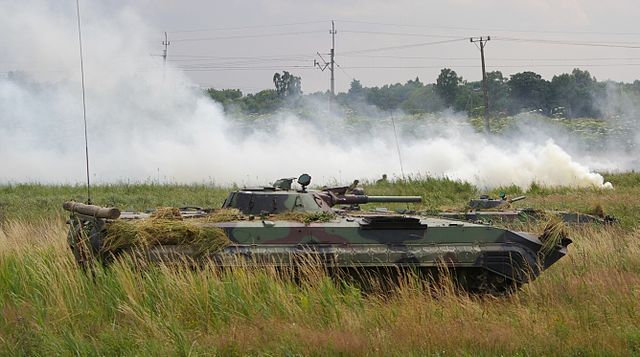My CEPA article “Drones Will not Liberate Ukraine – but Tanks Will” – see full text.
From the article:
“Drones have changed the battlefield, providing additional situation awareness and the ability to strike targets, but their high success rates in the Ukraine war is a result of unique conditions unlikely to be replicated elsewhere.
Unmanned combat aerial vehicles (UCAV) such as the Turkish Bayraktar TB2 have been successful in the Russian-Ukrainian war and helped prevent the Ukrainian defenses from crumbling under the initial Russian onslaught. The absence of short-range air defenses (SHORAD) in the initial months of the war gave drones free range.
But four months later, man-portable air-defense systems (MANPADS) like the US-manufactured Stinger, its Russian counterpart the SA-25, and other air defense systems, are bringing down drones.”
Air defenses can as easily target larger, slow-moving drones such as TB2 Bayraktar just like other slow moving aerial targets such as helicopters and transport aircraft.


